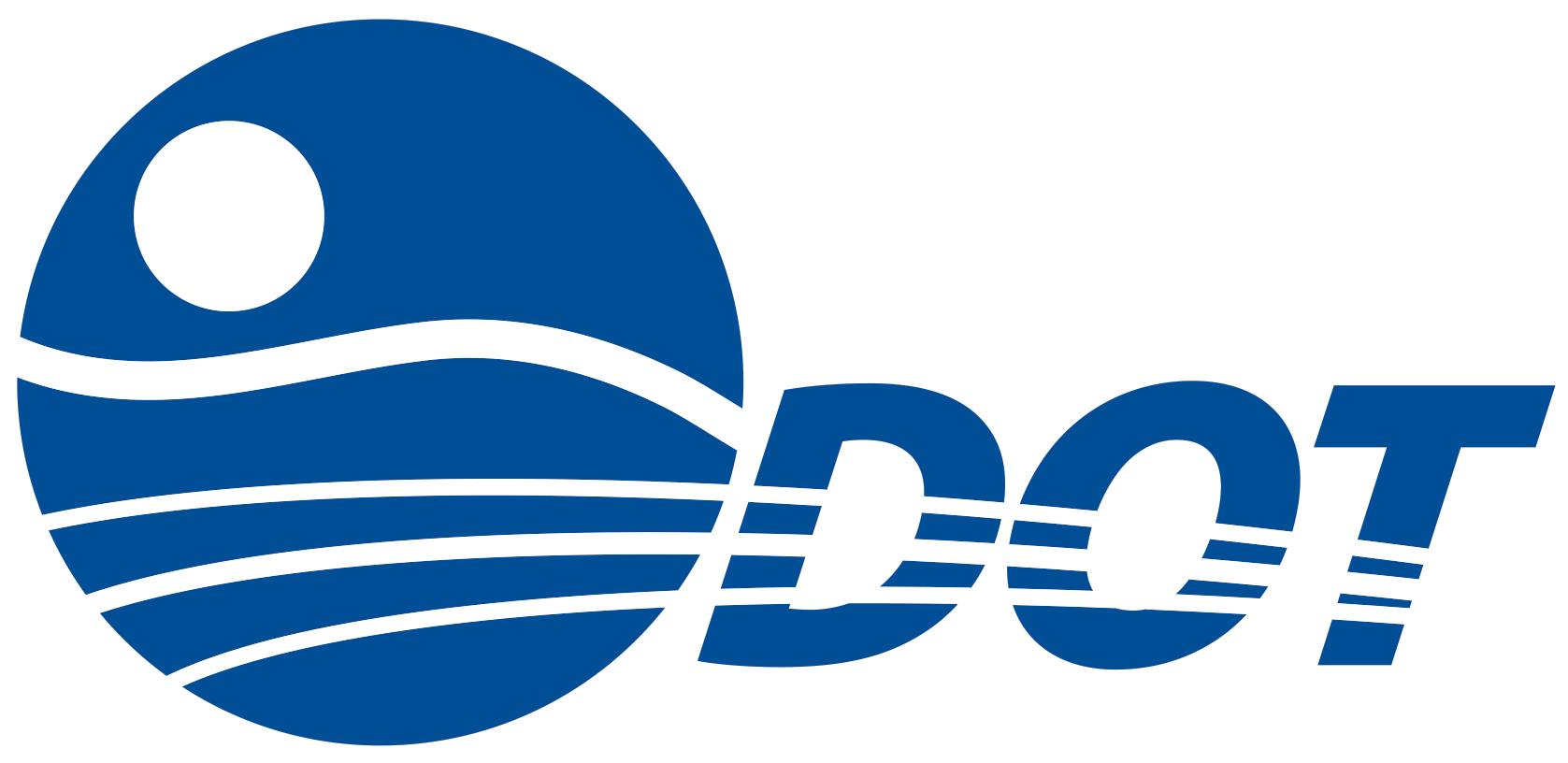

Transportation Asset Management Plans (TAMP) act as a focal point for information about the assets, their management strategies, long-term expenditure forecasts, and business management processes. Over time the plan should be further improved and become an important tool for an agency in demonstrating how it achieves its mission in addition to sustainable asset stewardship, effective use of resources, and robust justifications for funding.
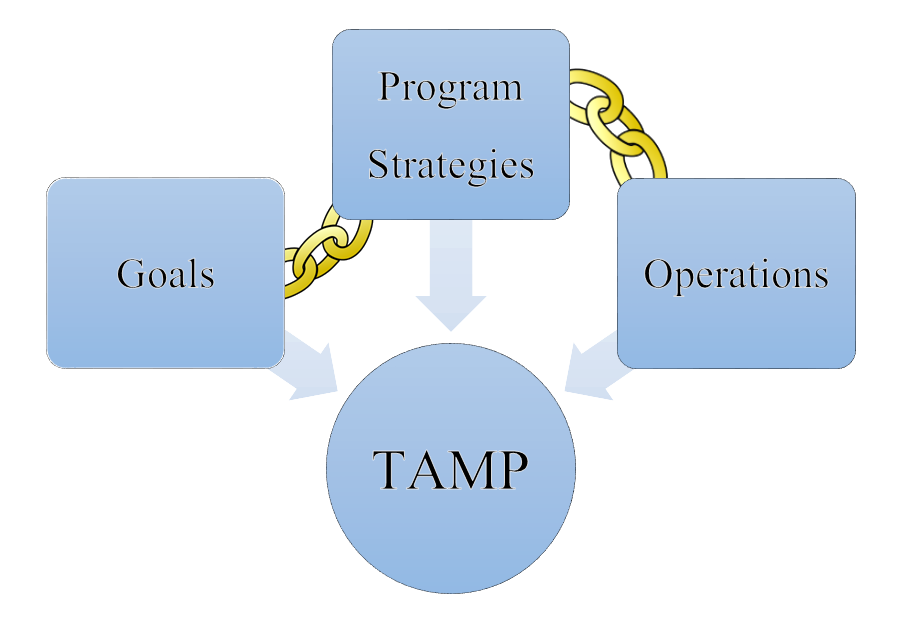

It Saves perhaps one of the greatest benefits of a TAMP is that it can help align the many different planning processes that take place across the agency.
Development of TAMPs should result in improved coordination between the maintenance, preservation and the capital programs.
A TAMP is not just a plan, but also a way of telling the story of how the agency will carry out its mission.
How TAMP Benefits:
TAM At Work, Michigan DOT

TAMP FRAMEWORK:
States have a minimum of one fiscal year to get a TAMP development process certified, develop a plan, and implement the plan
The clock starts after the secretary establishes a plan development process through regulation and consultation, ie. after the Final Rulemaking in relation to MAP-21.
Find FAQ's on TAM Development.
Transportation Asset Management is a process used for managing transportation infrastructure with the objective of improved decision making for resource allocation.
TAM is not a thing of tomorrow, ODOT's strategic direction has brought emphasis towards value in asset management.
Building on yesterday's processes that support asset management business procedures and technology.
| DATA |
 Asset AssetInventory |
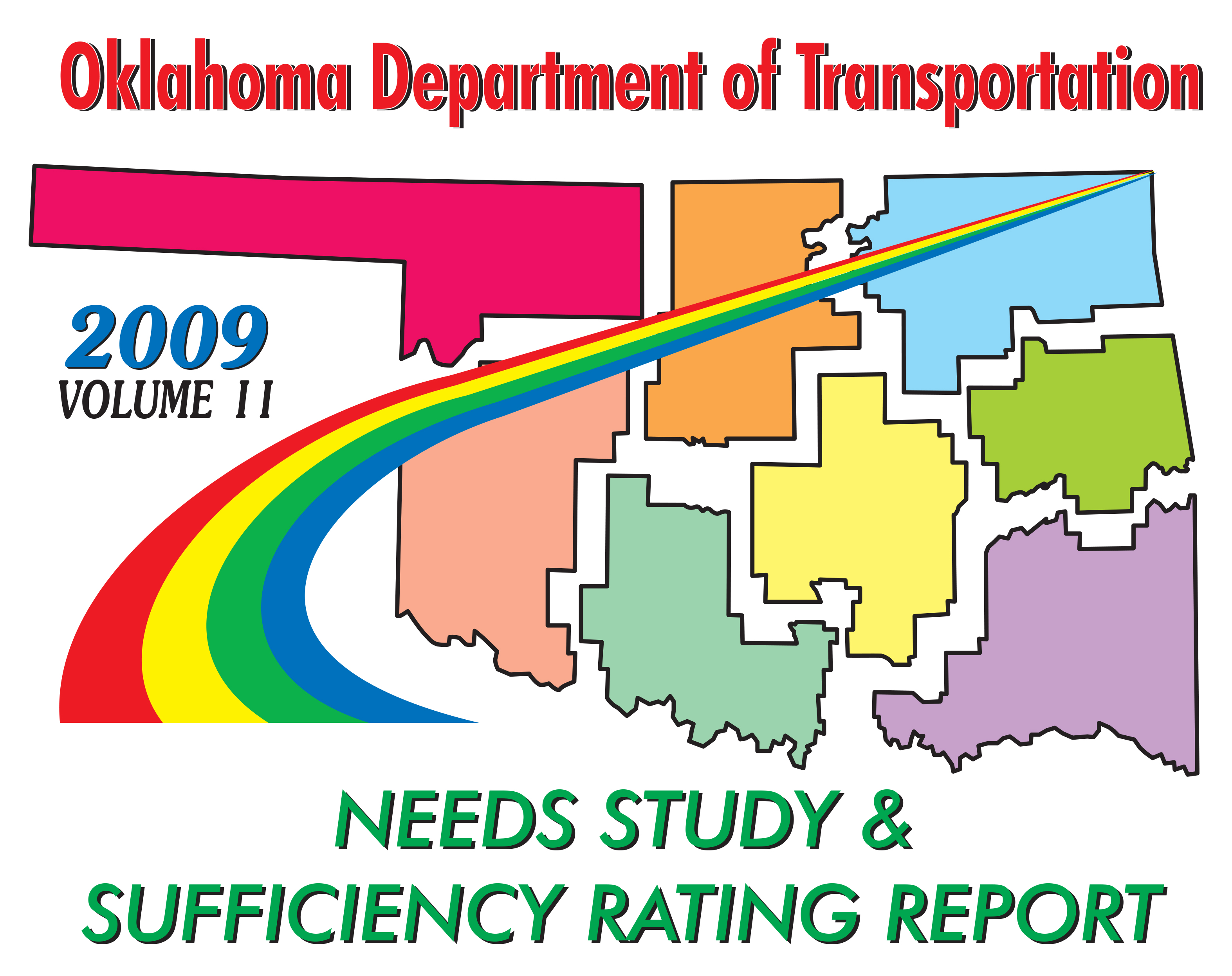 Asset AssetCondition |
 Work WorkHistory |
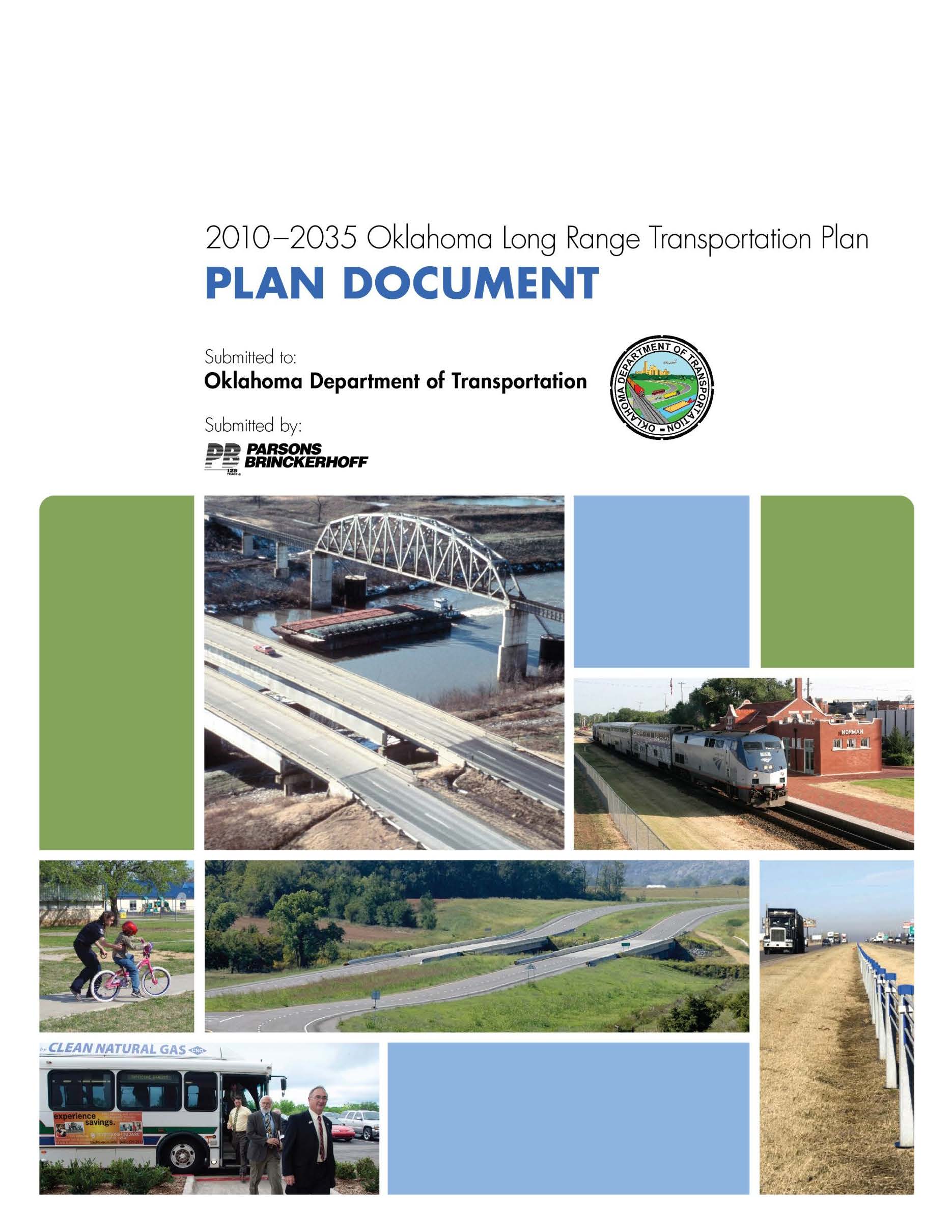 Programs Programs& Budgets |
|
 |
 |
 |
 |
||
| FUNCTIONAL COMPONENTS | |||||
| Inventory Management | Condition, Performance & Utilization Tracking |
Condition & Performance Prediction |
Work Planning & Tracking Support |
||
| Database | Application Software |
Field Data Collection System |
Interfaces | ||
| TECHNOLOGY COMPONENTS | |||||
 |
 |
 |
|||
| OUTPUTS |
 Predicted Future Predicted FuturePerformance |
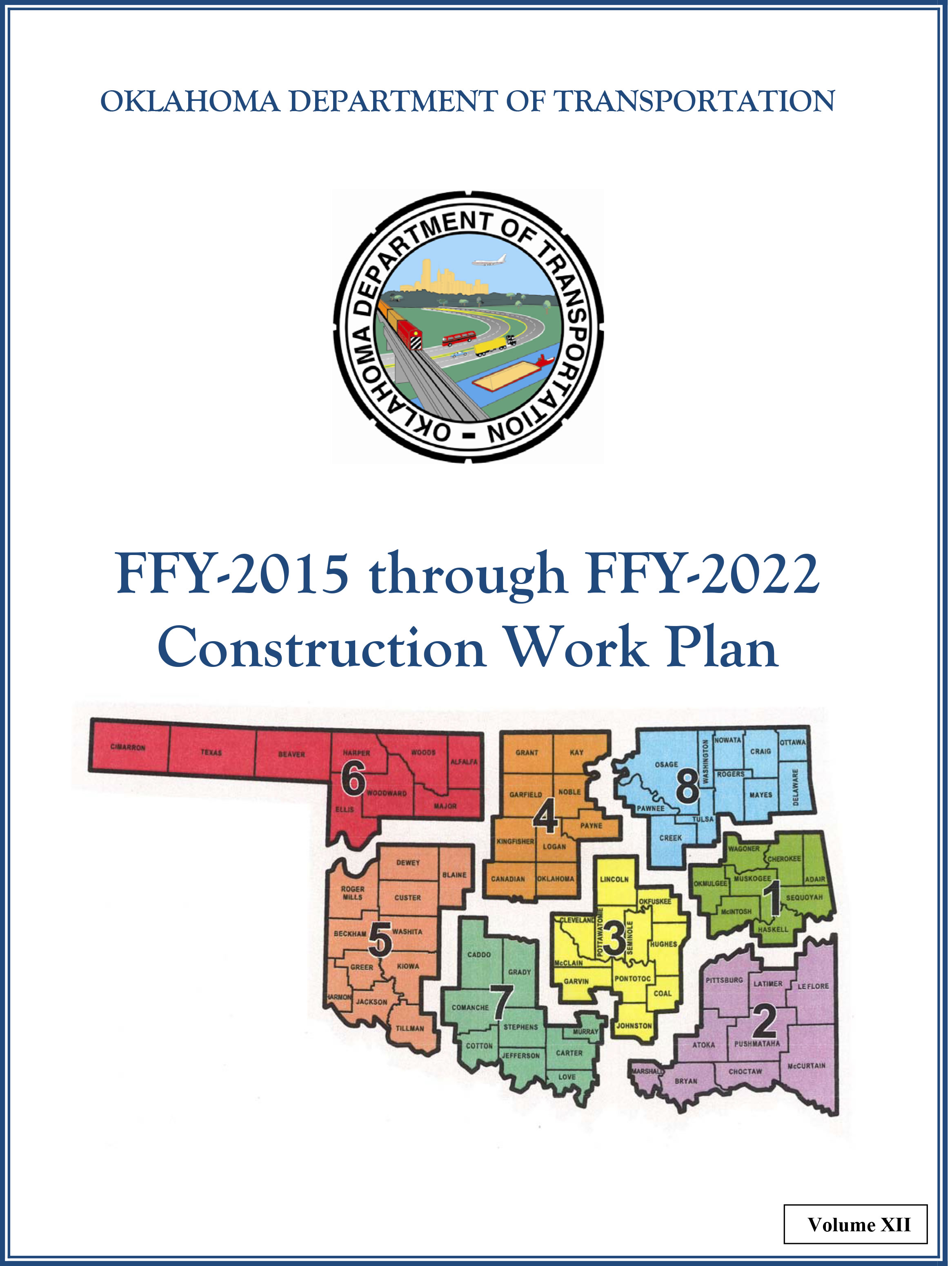 Investment InvestmentScenarios |
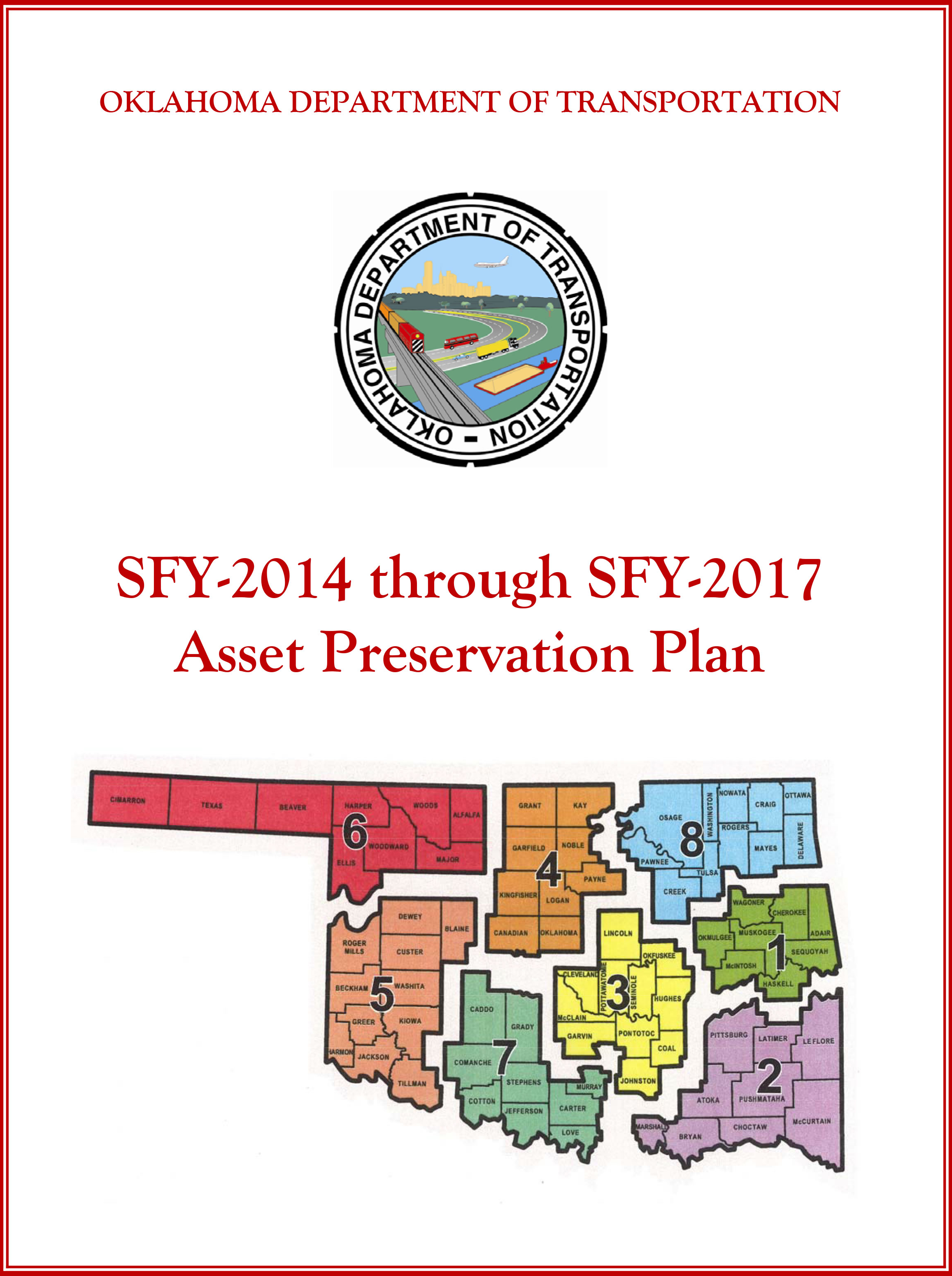 Work WorkRecommendations |
||
Click here for examples of Pilot States' TAMPs.

It is a formal process that provides a customized evaluation of a Transportation Agency’s Asset Management implementation progress that helps to formulate an improvement plan. It develops a benchmark of the implementation stage and corporate position or maturity level and identifies opportunities, resources and priorities for improvement.
While a Self Assessment provides a useful approach in helping to organize thinking and to develop a consensus among top-level managers as to where the agency’s strengths and needs for improvement lie, the purpose of the GAP Analysis is to prioritize these areas of needed improvement in an implementation plan.
Click HERE or on the picture to the left start a Self Assessment.

TAM Self Assessment and Gap Analysis

We have provided a list of key words and their definitions for you to use as a reference.
Click HERE or on the picture for a list of TAM Terminology.

A Transportation Asset Management Plan (TAMP) can be considered a business plan that builds the case for making infrastructure investments and explains how resources will be used. This course, "Introduction to a Transportation Asset Management Plan," is a 1-hour, Web-based training (WBT) that introduces the content and organization of a TAMP and the typical TAMP development process.
Click HERE or on the picture to the left for more information on NHI's Introduction to TAMP.
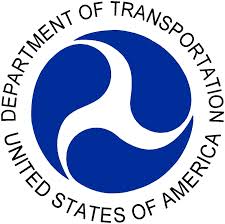
Webinars allows a speaker from the hosting organization/company to share PowerPoint presentations, videos, web pages or other multimedia content with audiences that can be located anywhere.
Click HERE or on the picture to see a list of upcoming Webinars.

This training explains the basics of asset management and why asset management is important. After you complete this training, you'll have new terms, and new ways of thinking about what you're already doing. More importantly, you'll understand why it's so important to be strategic and systematic when you're responsible for managing huge numbers of assets as your organization is.
Click HERE or on the picture to the left for more information on NHI's Asset Management Overview.